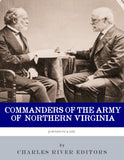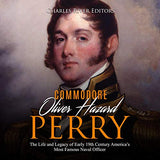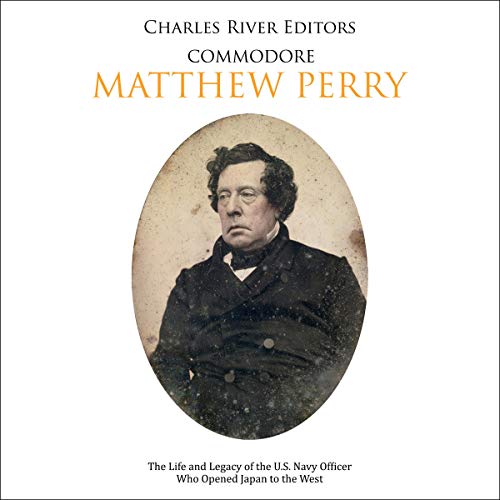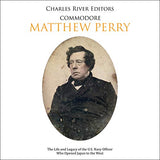Commodore Matthew Perry: The Life and Legacy of the U.S. Navy Officer Who Opened Japan to the West
ISBN: 9798606238187"The Japanese are remarkable for their inordinate curiosity.” (Commodore Matthew Perry)
During the 19th century, Japan severely limited contact with the rest of the world, although it was not the total isolation sometimes presumed. The government was quite aware of what was happening in the rest of the world. The Japanese also left a window open to Europe, in the form of a small and highly restricted Dutch presence on an artificial island in Nagasaki harbor - a presence that lasted more than 200 years. Courtesy of the Dutch, the Japanese were aware of contemporary events in Europe, along with the rest of the world, and they were also aware of the scientific and technological progress, although whether this resulted in any practical applications is hard to establish.
The Japanese stayed out of the chaos in China as the Ming dynasty collapsed, but on July 8, 1853, US Navy Commodore Matthew Perry led four American warships into Uraga Harbor near Edo (later renamed Tokyo), presenting the Japanese with a letter from President Millard Fillmore.
The Japanese couldn’t know they were at the end of their long withdrawal from the rest of the world, but they were quite aware that the conditions in China and in Asia generally were being forced to change. They were also certainly aware that the Americans, as a result of the Gold Rush, had made California a state (in 1852) and extended the United States to the Pacific Ocean. They were also aware that American ships dominated the Pacific whaling industry, and that they commonly sailed to China.
Japan was further aware of the British and French colonial incursions into China, and they were looking across the Sea of Japan where the Russians were actively occupying territory that was uncomfortably close to Japan. Thus, the appearance of an American naval force was obviously ominous.




